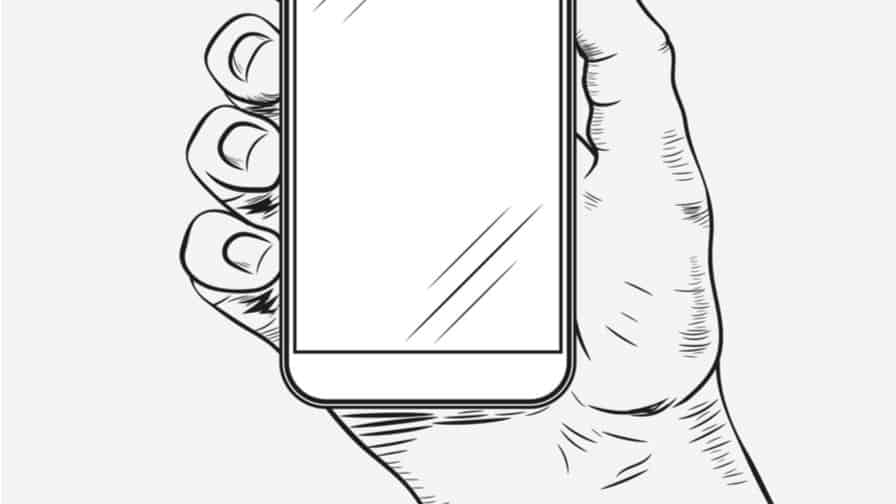It’s a mobile world now, where more than half of all web traffic is on mobile devices, and “mobile first” is the watchword. But for users, the reality of mobile trails far behind the glory.
Consumers still struggle with maddeningly sluggish page loads and scrolling – due in part to intrusive-type ads clogging their connections, essentially consuming significant bandwidth. In addition, unlimited data plans have proven to be a source of slowing down mobile speed time – both Verizon and AT&T customers have experienced a recent mobile internet slow down because of the unlimited data plan attraction. The combination of more customers and an increased demand for data is cited as the major source for this lag time.
Though despite the documented decrease in mobile internet speed due to intrusive ads and unlimited data plans – the consumer still wants to continue receiving the benefits of free content, which is primarily paid for via mobile advertising and by the same token enjoys the advantages of unlimited data plans. So ads are here to stay because they, in fact, benefit the content creators as well as the consumer. Free mobile content equals mobile advertising since without paid subscriptions there needs to be a revenue stream.
Further, thoughtless UX design and slow page loads make shopping on mobile devices so frustrating that 66% of would-be buyers give up and never come back, costing retailers $8 billion in lost sales yearly. Mobile sales continue to be crucial for retailers as more and more consumers are relying on their mobile device to shop during their “micro moments” – a term coined by Google’s content marketing team that means when consumers turn to their mobile device to act on a need to buy, learn or watch something. According to Google, in July 2016 the average retail site took 6.9 seconds to load. At that rate, by the time the page loads, the retailer will lose half of their customers.
Many businesses believe the mobile-friendly objective is so complicated and costly to solve, they don’t even try. But with the mainstream technologies and experienced UX developers available today, there’s little reason for the reality of mobile to fall so short of its promise.
In fact, today with mobile advertising, page loads are able to get down to 10 milliseconds – a record that most publishers and businesses with a mobile presence should aim to achieve. A mobile website that looks and feels like a mobile app but is actually a mobile site designed to provide a native app-like user experience is the next step that we should expect to see in the mobile industry. This is the new standard. All marketers know that in order to drive traffic to a mobile site – the load time needs to be immediate to capitalise on “micro-moments” and the UX needs to cater to users of all backgrounds by being user-friendly and familiar.
So, yes, it is a mobile world and mobile should be a primary business strategy to anyone with an Internet presence; however, making sure a mobile site is evolving with the mobile landscape is essential. As the user changes – wanting immediacy and a user-friendly site format – so must the technology in the mobile industry. The race for a faster mobile experience is on but how long will it take for mobile sites to adopt?

